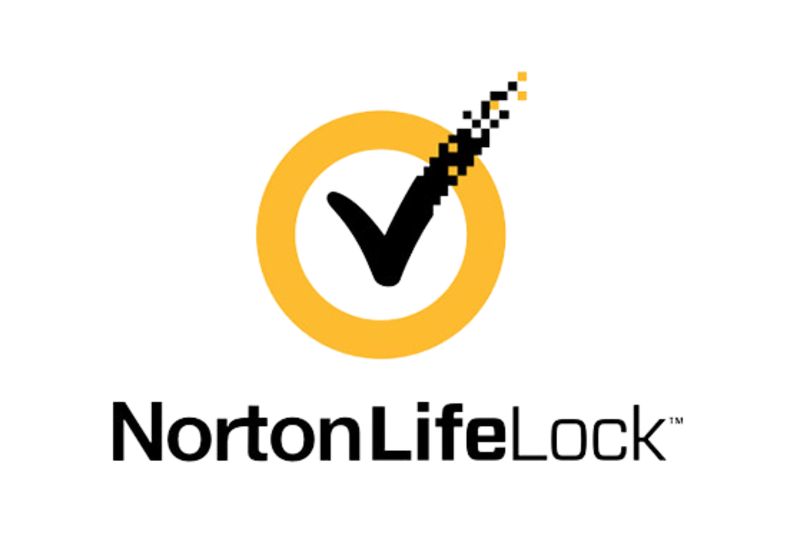What Is Identity Theft, and How Does It Happen?
Identity theft is a growing threat that affected over a million people in the U.S. last year. By understanding how it works, you can better protect yourself from it and know what to look out for.
Read on to learn about the different types of identity theft, the methods used by identity thieves, and how to respond if you become a victim. You can also read our in-depth guide on the best identity theft protection services to get a jump start on safeguarding your identity.
What is identity theft?
Identity theft, as the name implies, is the act of stealing someone’s identity. This typically involves taking a person’s sensitive information, such as their Social Security number, birth date or bank account details.
Fraudsters often seek this information for their own monetary gain. They can use stolen identities to open accounts, steal funds and even access prescription drugs in someone else’s name.
Common types of identity theft
The nature of identity fraud can vary based on the information that’s been stolen and how the perpetrator decides to use it. Here are some common kinds of ID theft to watch out for:
Financial identity theft
Financial identity theft happens when criminals use stolen credit card, debit card or bank account numbers. They might make fraudulent purchases, open new credit cards, apply for loans in your name or drain funds from your bank account. With this type of identity theft, criminals are focused on getting access to money illegally, and it's likely to impact both your financial health and credit report.
Medical identity theft
Medical identity theft occurs when a thief uses your identifying information to receive medical care or prescription drugs, or file health insurance claims. This type of identity theft is particularly dangerous because you could end up with incorrect information in your medical records that can lead to inappropriate diagnoses and treatments.
Synthetic identity theft
Synthetic identity theft happens when a thief uses one or more pieces of your identifying information, such as your Social Security number, and combines it with fake details, like a made-up name and address, to create an entirely new identity. They can also combine identifying information from multiple people, such as one person's Social Security number, another's name and someone else's address, to create a fake identity. This fake persona can then be used to open new accounts.
Older adults and children are common targets of synthetic identity theft because they may not use their Social Security numbers as often as the average adult, which means they often take longer to spot signs of identity theft.
Criminal identity theft
Criminal theft occurs when an identity thief gives your name and identifying information to law enforcement when arrested or during a traffic stop. As a result of this type of identity theft, you could wind up with a criminal record or arrest warrants for crimes you didn't commit.
Child identity theft
Child identity theft happens when a thief uses a child's identifying information to open accounts or receive services or benefits. They could use the child's information to
- Open a bank account
- Apply for government benefits
- Apply for a loan or credit card
- Rent a home or get utilities
One of the most effective ways to determine if someone is using your child's information illegitimately is to request a credit report from one of the major credit bureaus. Children under 18 generally don't have credit reports, so if one exists, it's often a sign of identity theft.
How does identity theft happen?
Identity theft can happen in many ways, and as technology advances, identity thieves are continually coming up with new ways to steal personal information.
Here are some of the most common methods used to steal identities:
Phishing and email scams
Many criminals use email scams to steal personal information. One of the most common types of email scams is known as phishing. The thief sends an email that appears to be a legitimate communication from a known source, like a bank. The email will request personal information like your passwords, Social Security number or bank account numbers.
Data breaches
During a data breach, a criminal gains unauthorized access to sensitive information. Data breaches can occur in business, government, education or healthcare, and often compromise the personal information of many individuals. They can occur unintentionally when an employee makes a mistake that jeopardizes the security of consumer information. But they can also be malicious, such as when an outsider hacks an organization's information system or an insider steals information.
Social engineering
Social engineering scams use human actions, like impersonation, lying and blackmail, to steal personal information. Someone might call you pretending to be a relative or a government representative and ask for personal information, for example. Or they could develop a relationship with you over social media and then ask for your banking information, claiming they want to deposit money into your account.
Credit card skimming
Credit card skimming happens when a criminal illegally installs a device on an ATM, store terminal or gas station pump and the device captures your credit card information. The criminal can then use it to make purchases or create a fake credit card to steal your funds.
Lost or stolen wallets
Most people keep identifying information in their wallets, like their driver's license, health insurance card and sometimes even their Social Security card. Although having these items on us is a necessity most of the time, it also increases the likelihood of getting our identities stolen if we misplace our wallets. Some identity thieves are even skilled at stealing wallets out of pockets and bags.
Public Wi-Fi and unsecured networks
If you connect to the internet through public Wi-Fi or an unsecured network, your information could be at risk. While most websites today use encryption to protect your data, not all do. If the website you connect to doesn't have "https" in the address or a lock symbol in the address bar, don't enter login credentials or any personal or financial information while using open or unsecured networks.
Malware and spyware
Criminals can load malware or spyware onto your computer if you click on a malicious link or download a malicious app. Once the spyware or malware is installed on your device, criminals have access to your passwords and other sensitive information they can use to steal your identity. Having strong ID theft protection and security software on your devices can help identify these threats.
Signs of identity theft to watch out for
Knowing how to check for identity theft has become crucial as the risk of having our sensitive information leaked or stolen steadily increases. Identity theft raises many red flags you should keep an eye out for, including:
- Receiving bills for items you didn't purchase or medical services you didn't receive
- Getting a debt collection call about an account you didn't open
- Finding information on your credit report about accounts you didn't open
- Being denied a loan
- Missing mail from your mailbox
- Hearing from the IRS that you filed more than one tax return
- Having a medical insurance plan reject your claim because you reached your benefit limit
How should you respond to the theft of your identity?
If you're a victim of identity theft, you need to take action immediately to minimize the damage. You should:
- Report the theft to the Federal Trade Commission's identity theft website.
- File a report with your local police department.
- Contact the companies where the fraud occurred. Explain that your identity was stolen and ask them to freeze your accounts.
- Contact one of the three major credit bureaus to place fraud alerts on your credit reports. The company you contact will alert the other two.
- Get a copy of your credit report to check for suspicious activity and continue to monitor your credit over time.
- To repair the damage caused by identity theft, work with the credit reporting agencies and any companies or agencies where fraud occurred. You may need to provide a written statement and a copy of your identity theft report.
The Federal Trade Commission's (FTC) website offers identity theft victim assistance that can guide you in the recovery process after having your identity stolen. You can also contact an identity theft attorney for more help.
How to report identity theft
If your identity is stolen, it's critical for you to know how to report identity theft so you can act swiftly. You should always report identity theft to the FTC at identitytheft.gov or by calling 1-877-438-4338. You can also report the theft to your local police department. Be sure to get a copy of the identity theft police report. It may help you when working with the credit bureaus to restore your credit.
If your Social Security number was used as part of the theft, report it to the Office of the Inspector General by calling 1-800-269-0271 or submitting an online report.
If you're a victim of tax identity theft or employment identity theft, where someone uses your information to get a job, you may need to file an identity theft affidavit with the IRS. You can also use the affidavit to alert the IRS that your identity was stolen, even if you're unsure whether your information was used for tax fraud.
How to prevent identity theft
You can't completely eliminate the chances of becoming a victim of identity theft. But there are many things you can do to lower the chances of it happening. Here are some of the top ways to protect yourself.
- Secure all sensitive documents, such as Social Security cards, medical bills and financial statements.
- Limit what's in your wallet. Only carry your Social Security or health insurance cards if you absolutely need to.
- Be wary about sharing personal information by phone, mail or over the internet. Be sure you know who you're communicating with and only share information if you initiated the contact.
- Only use credit cards for online purchases; avoid using debit cards. If possible, use the same credit card for all online purchases.
- Always pick up your mail promptly, secure your mailbox and place a hold on your mail when you go away.
- Shred all documents that contain sensitive information. If you don't have a shredder at home, you can look for free community shredding events in your area or visit a local office supplies store or post office for affordable shredding services.
- Use different passwords for all your online accounts. Make sure your passwords are strong and keep them somewhere safe.
- Limit how much personal information you post on your social media accounts.
- Before getting rid of your old computers or mobile devices, clear all personal information from them.
- Use the best identity theft protection software to protect your devices and monitor for threats.
- Monitor your credit report. You can order free copies of your credit report at annualcreditreport.com, a site authorized by the U.S. government.
What is identity theft FAQs
Is identity theft a felony?
Do police investigate identity theft?
How many people are victims of identity theft?
Summary of Money's what is identity theft and how does it happen
With identity theft on the rise, learning how to prevent and respond to it is more important than ever. Protecting yourself from having your identity stolen will require you to secure your information and keep a watchful eye over all of your accounts.
If you're the victim of identity theft, there will be signs. Once you’ve confirmed it, start by reporting it to the FTC at identitytheft.gov and the credit reporting bureaus. After that, you will need to do the work of clearing up any blemishes left on your credit history by the identity thief.

